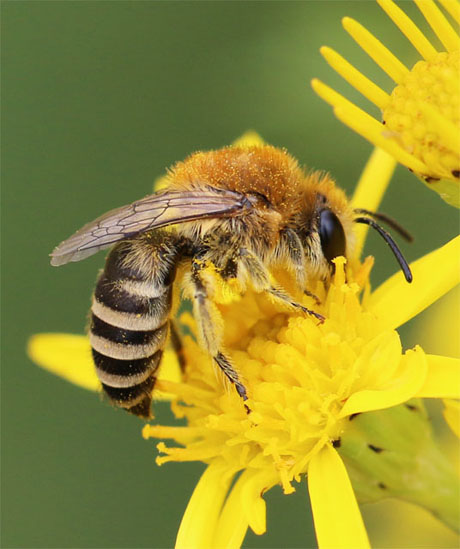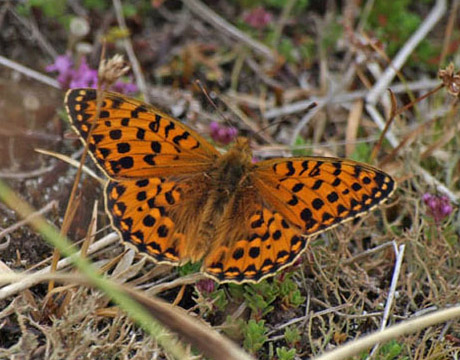Every now and then nature wins and reappropriates territories that were previously for the exclusive (or almost) exclusive use and consumption of man. This is what happened in Ardeer, Scotland, where a former industrial area is once again a place particularly loved by solitary bees, insects and other animals.
Every now and then nature wins and reappropriates territories that were previously for the exclusive (or almost) exclusive use and consumption of man. This is what happened in Ardeer, Scotland, where a former industrial area it is once again a place particularly loved by solitary bees, insects and other animals. A real heritage of biodiversity!
An old explosives factory stood in the countryside of the Ardeer Peninsula in Scottish Ayrshire. Today this abandoned expanse has been populated again but not by humans, but by various wild animals, especially insects that have found here a perfect habitat for their survival.
It is a largely abandoned site that extends over 1.700 hectares, made up mainly of sand dunes where some former small factories for pyrotechnic tests once stood. Of these now only the ruins remain, covered with vegetation and old signs indicating the "danger".
Well this abandoned place has become a precious place for local biodiversity. In recent years, local naturalists who have visited the area have managed to record more than 260 species of beetles, as well as a large number of wasps and solitary bees, including the rare Colletes floralis.

Typhaeus typhoeus, a particular black cockroach shiny with characteristic horns that feeds on the feces of herbivorous animals. It is one of the most impressive and rare beetles on the moor.
The Ardeer peninsula is a natural asset of national importance. The sand dunes extend over much of the area and the fact that they offer almost perfect shelter from the wind means that they create a large number of niches which in turn support a remarkable variety of insects. This is where it is the largest heritage of bees and wasps in all of Scotland. Over 100 species of these insects have been identified in these places including some rarities, such as the aforementioned Colletes floralis and the Andrena ruficrus.
Two other notable Northern bee species found on the Ardeer Peninsula are the tiny black Andrena coitana and the larger, larger Megachile circumcincta. Some species typical of the South also live in these areas such as the small white-faced bee, Hylaeus brevicornis, Colletes fodiens and Epeolus cruciger.

The climatic conditions and the generous availability of wild flowers ensure that there are also many species of butterflies and moths. There are obviously also various birds including jays.
Read also:
- How (and why) to host solitary bees in your garden?
- Bees, wasps, bumblebees and Co: our nice guide to recognize 'stinging' insects?
- How to attract butterflies to our garden


























